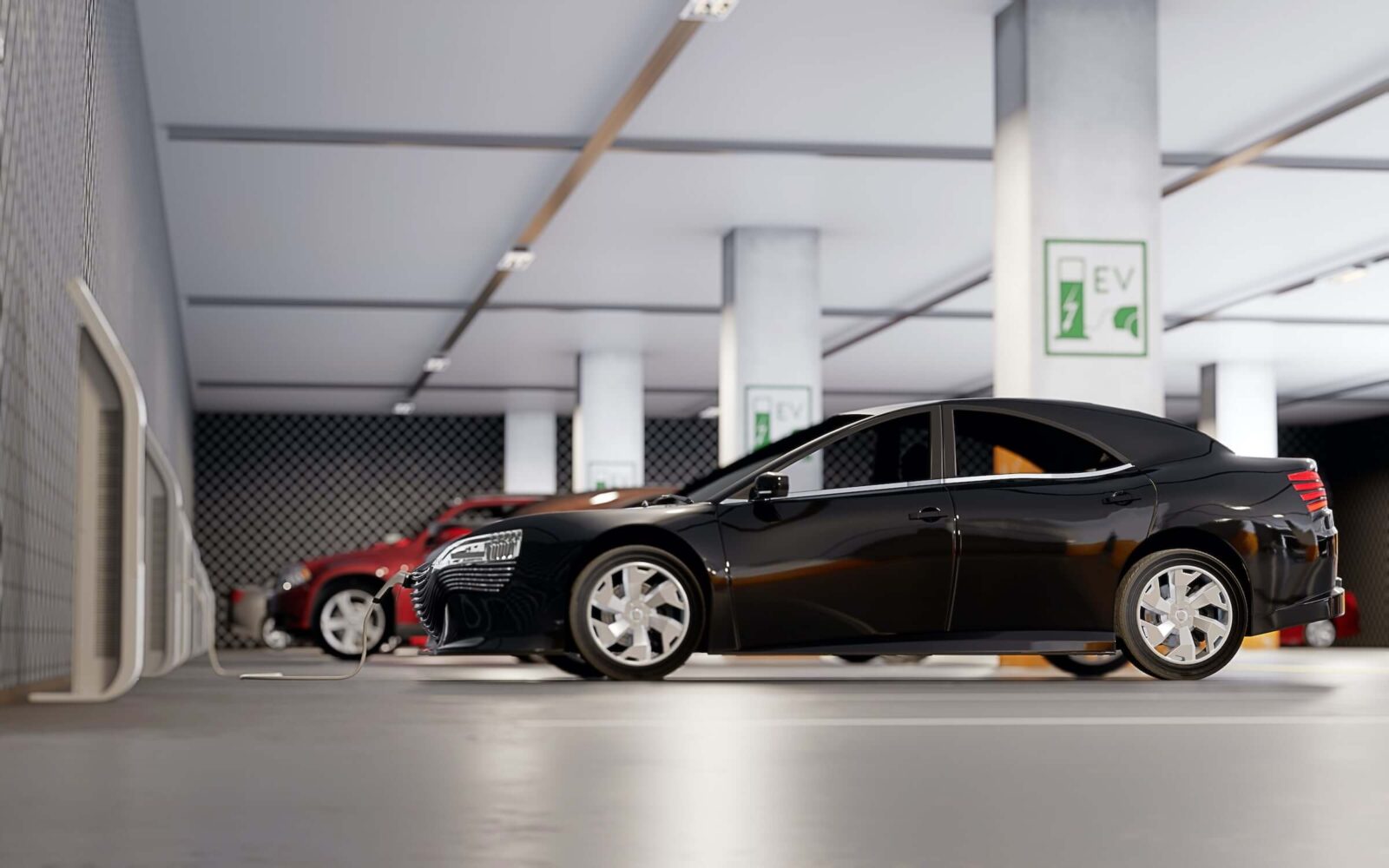If you’re looking to install multiple charging stations, you may have heard the terms “load management” or “Network Load Management (NLM)”. For commercial businesses, such as workplaces, multi-unit housing, fleets, etc. charging multiple EVs, it is especially important to understand load management. Whether you already have several charging stations or are planning future expansions, implementing an effective load management strategy is essential.
What is Load Management?
Load management is the process of balancing electricity usage in real time to keep it within the maximum capacity of the electrical panel and circuit allowance.
What is an EV Load Management System?
When it comes to EV charging, controlling demand that stations place on the electrical service is key for safe and reliable operation. Load management allows you to control how much electricity each charging station can use when multiple electric vehicle supply equipment (EVSE) units are connected to the same panel. Once set, the chargers will automatically and evenly balance how much electricity each can deliver at a time.
When you use an electronic device, such as an EV charger, you expect it to have enough power to work. However, there isn’t an infinite amount of electricity available in your building and EV chargers can draw a significant amount of power. There are breakers within an electrical system ensuring your devices continue to receive power from the panel without exceeding the safe amount that circuit is rated for. Since an electric vehicle charging system takes much more electricity than, say, a toaster, it becomes trickier when multiple EVSE’s are connected. That’s where load or network load management systems come in.
With load management your building’s electrical panel can charge several electric vehicles simultaneously. Charging stations are networked together using Wi-Fi connectivity, enabling communication between them and automatically balancing electrical current to all vehicles charging. Say your electrical panel provides 100 amps, but you have four chargers that each need 40 amps at full charging capacity. If each charging station ran at full capacity, at the same time, they would easily demand more electricity than the panel can provide, causing issues and overloading the electrical panel. But when the chargers can communicate the demand with each other, electricity can be spread out among all the charging stations in use, keeping the overall amperage draw at a safe level.
Do I Need Load Management for My EV Charger?
Whether you need load management for your EV chargers depends on how they’re going to be used. For businesses that only need two EVSEs, load management may not be needed as the circuit breaker can likely handle the output. However, if you’re looking to install multiple EV charging stations, on a commercial property, and you know they’ll be in frequent use, it’s recommended as the utilization of multiple chargers at once can be taxing on the system.
How Do Evocharge’s EV Chargers Need to Be Wired to Use Load Sharing?
EvoCharge’s EVC50 charger provides all the functionality a commercial property will need and can be set to balance the load sharing of up to 20 EV charging units simultaneously.
The EVC50 charging stations need to be hardwired. A certified electrician can hardwire stations to the panel and would use EV charging load management within the connected network to ensure they function properly.
How Do EvoCharge’s EV Chargers Communicate Load Sharing?
EvoCharge EV charging stations can communicate with each other via either Wi-Fi or cellular connectivity using Open Charge Point Protocol (OCPP) network services. While most charging stations depend on a single proprietary network for load management, EvoCharge stations use OCPP 1.6, enabling users to opt for the EvoCharge network or any other preapproved network provider.
Why You Would Want EV Charging Load Management?
There are many advantages of EV charging load management.
First, EV charging load management capabilities allow you to connect multiple charging stations to a single circuit which helps you avoid expensive installation costs or upgrades. With other stations that don’t provide local load management, you may need to install additional power sources or increase the amperage available to your electrical panel. This process is tedious and costly as it involves digging ditches, laying new wiring, adding to or updating the electrical panel, etc., which can run between $2,000 and $10,000 per incident. Being able to utilize what is already available saves you time and money.
Second, electric vehicle load management can help you set up your chargers to provide specific amounts of electricity during peak and off-peak hours. Whenever you use electricity during peak hours — typically 8 a.m. to 10 p.m. on weekdays — your utility company is more likely to charge a higher rate than the electricity used during off-peak hours — 10 p.m. to 8 a.m. on weekdays and all day Saturday and Sunday. Electric vehicle load management systems give you an added layer of control over how and when the stations are used, maximizing savings.
Whether you’re planning on adding multiple charging stations to your property immediately or sometime in the future, investing in load-sharing EV chargers up-front will help save you time, money and effort down the line. EvoCharge has two load-sharing EV charging stations for commercial use: the EVC50 and EVC50 LTE.



